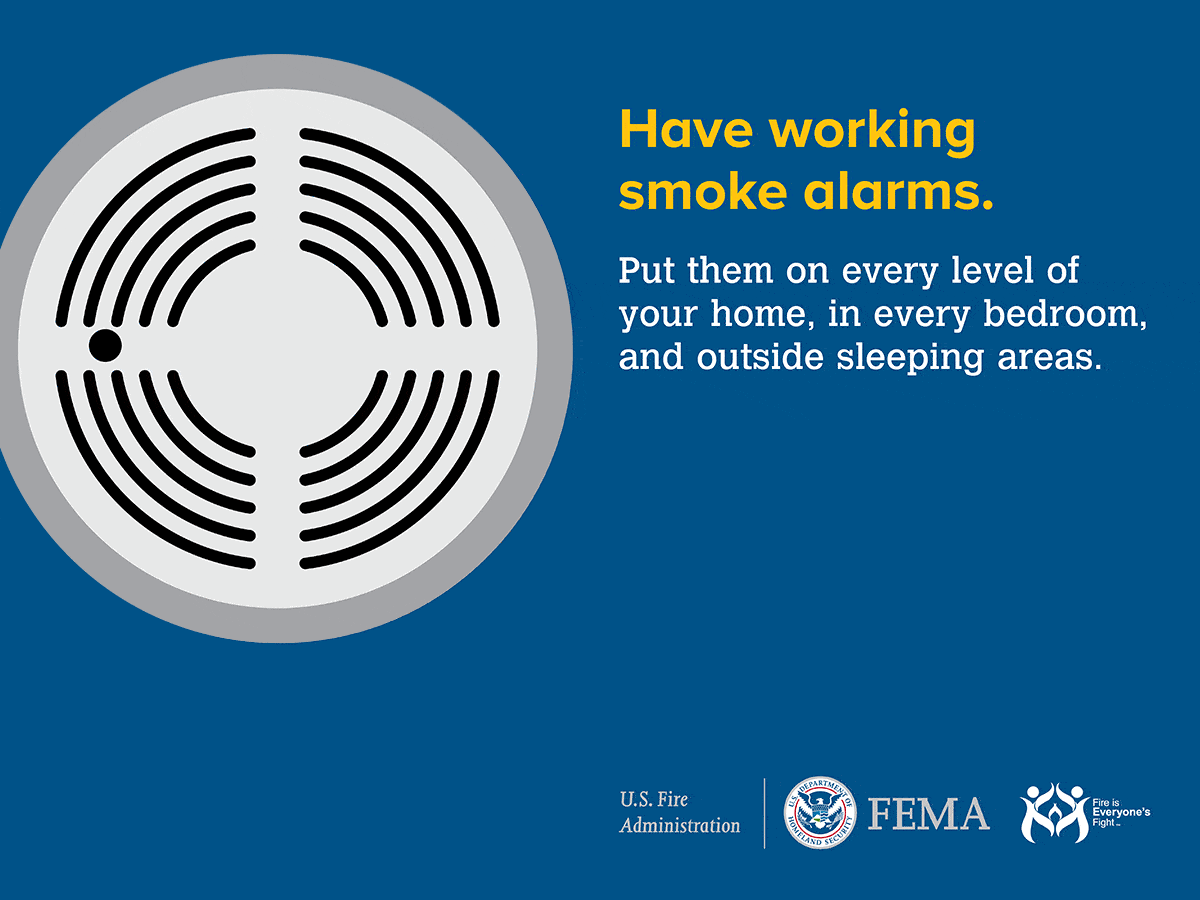Three out of five home fire deaths result from fires in properties without working smoke alarms.
Disposal and storage
Depending on where you live and what type of fire or smoke detector you have, there may be regulations that apply to disposal. The key issue in detector disposal is that they might contain small amounts of radioactive material(USFA). Learn more about safe storage and disposal
Performance
The two most common types of smoke alarms are ionization and photoelectric. The USFA, the CPSC and the National Institute of Standards and Technology conducted a review of smoke alarm responses in a controlled laboratory test and in a series of real-scale tests in residential structures.
The experiment found that ionization alarms provide faster notification to flaming fires and photoelectric alarms provide faster alerts to smoldering fires(USFA). Learn more about Ionization vs Photoelectric smoke alarms.
Placement
Smoke alarms should be placed in every sleeping room, outside each separate sleeping area, and on every level of your home, including the basement.
Technologies
Improving fire detection capabilities in consumer appliances
USFA and the CPSC, along with the Naval Research Laboratory, worked on a project to determine if wireless fire and smoke alarm technology can be used in homes to further reduce the threat of loss of life in residential fires. Read the findings on methods to detect fires earlier in small home appliances and wireless technology for signaling all battery-powered alarms in a home.


